How to control the peeling force of stainless steel plate protective film
2025-07-09
Material & Production Specifications
1. Material Matching
• Substrate: Preferably 50-100μm PE or PET with thickness deviation ≤5% to avoid peeling force fluctuations from uneven stretching.
• Adhesive Layer: Matched to board surface characteristics:
- Smooth surface: Medium/low viscosity (5-10N/25mm)
- Frosted surface: High viscosity (15-20N/25mm)
- Thickness controlled at 10-20μm (thicker causes residue, thinner reduces viscosity)
• Adhesive raw materials require compatibility testing to prevent reactions with stainless steel.
2. Production Process
• Coating: Precision comma scraper equipment maintains adhesive layer thickness error within ±2μm
• Curing:
- Temperature strictly maintained at 60-80℃
- Curing time 24-48 hours
- Temperature deviations cause cross-linking issues (high) or insufficient curing (low)
• Winding: Tension controlled at 3-5N to prevent substrate deformation
3. Environmental Control
• Conditions:
- Temperature: 15-30℃
- Humidity: 50%-70%
- Low temperatures require 2-hour room temperature preheating
• Preparation: Clean board surface with isopropyl alcohol to remove oil/dust
• Application: Roller pressure at 0.1-0.3MPa, applied middle-to-edge to prevent bubbles
4. Quality Inspection
• Sampling: 20 samples per batch for 180° peel test (300mm/min speed)
• Requirements:
- Peeling force deviation ≤10%
- 72-hour aging test at 40℃/90% humidity
- Peeling force attenuation rate ≤15%
- Adhesive layer transfer observation
You Might Also Like
-
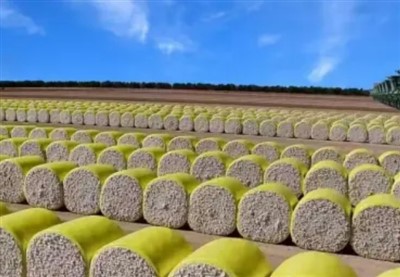
what are the advantages of cotton packaging film
-
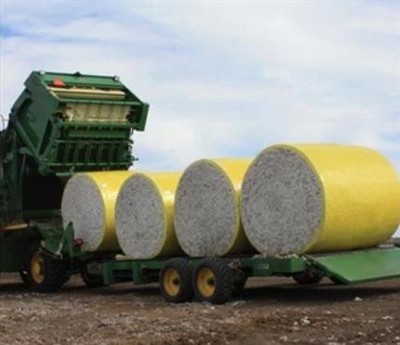
The Advantages of Cotton Wrap Film
-
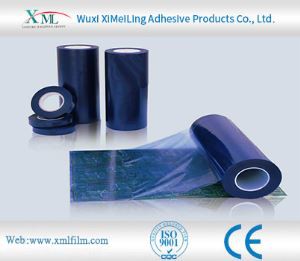
How does pe protective film cope with high temperature environment
-
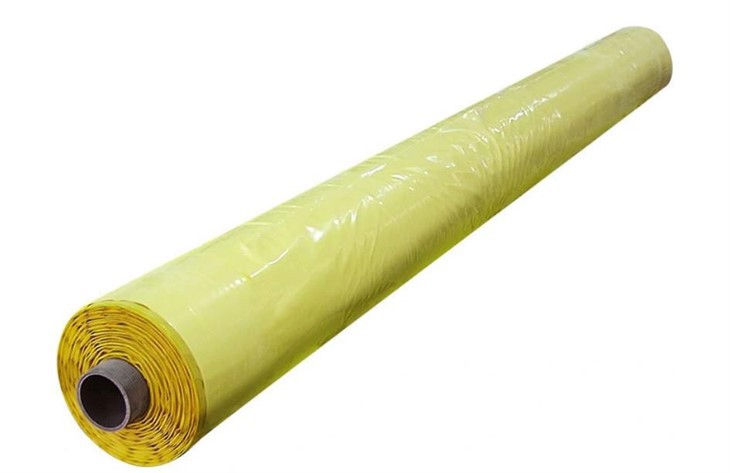
Advantages of Cotton Bale Wrap Film
-
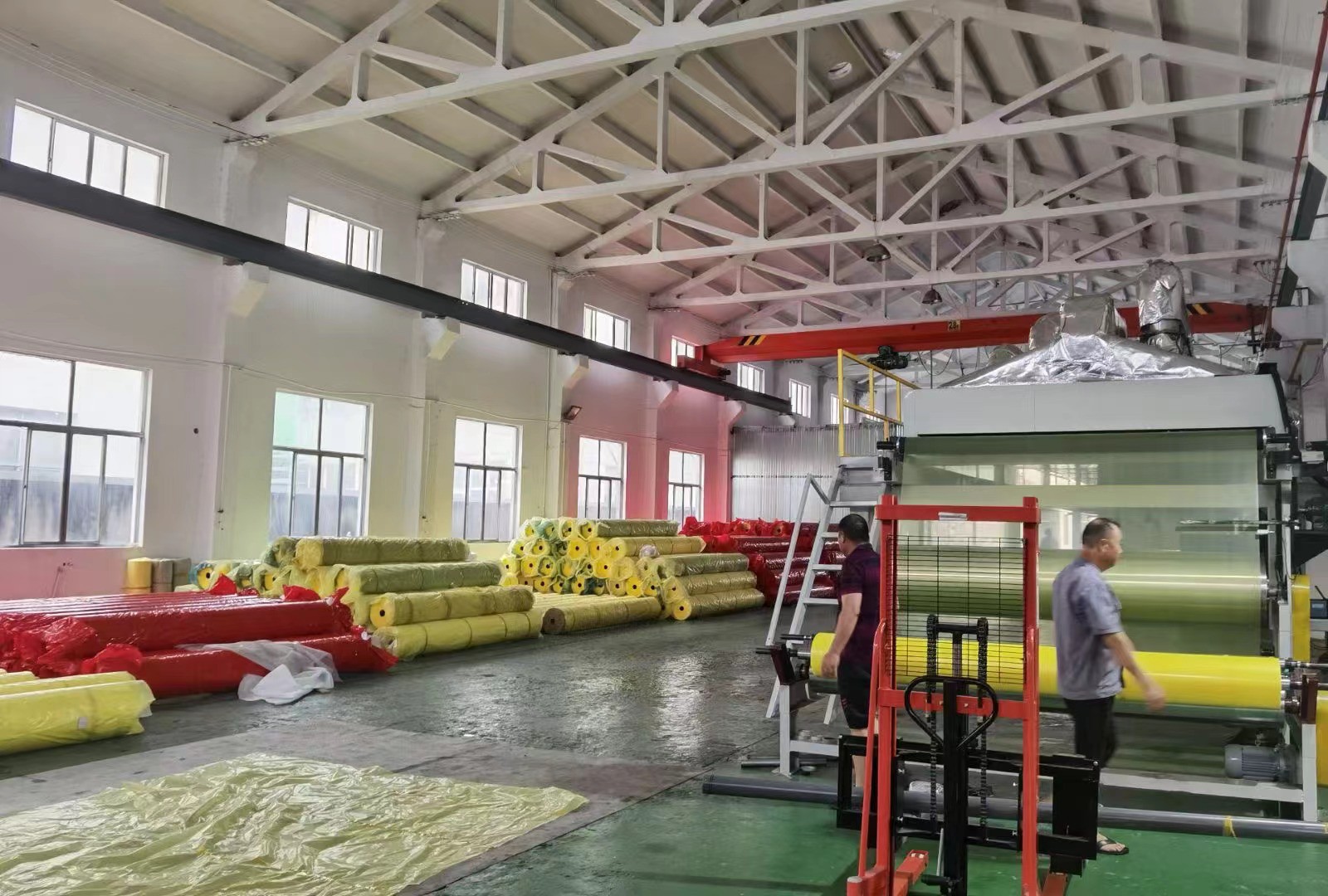
Storage method of cotton bale wrap film
-
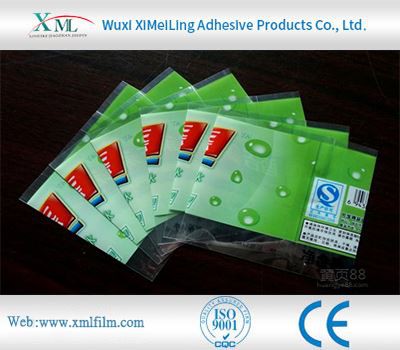
How Polyethylene Packaging Material Copes with High Temperature Environment
